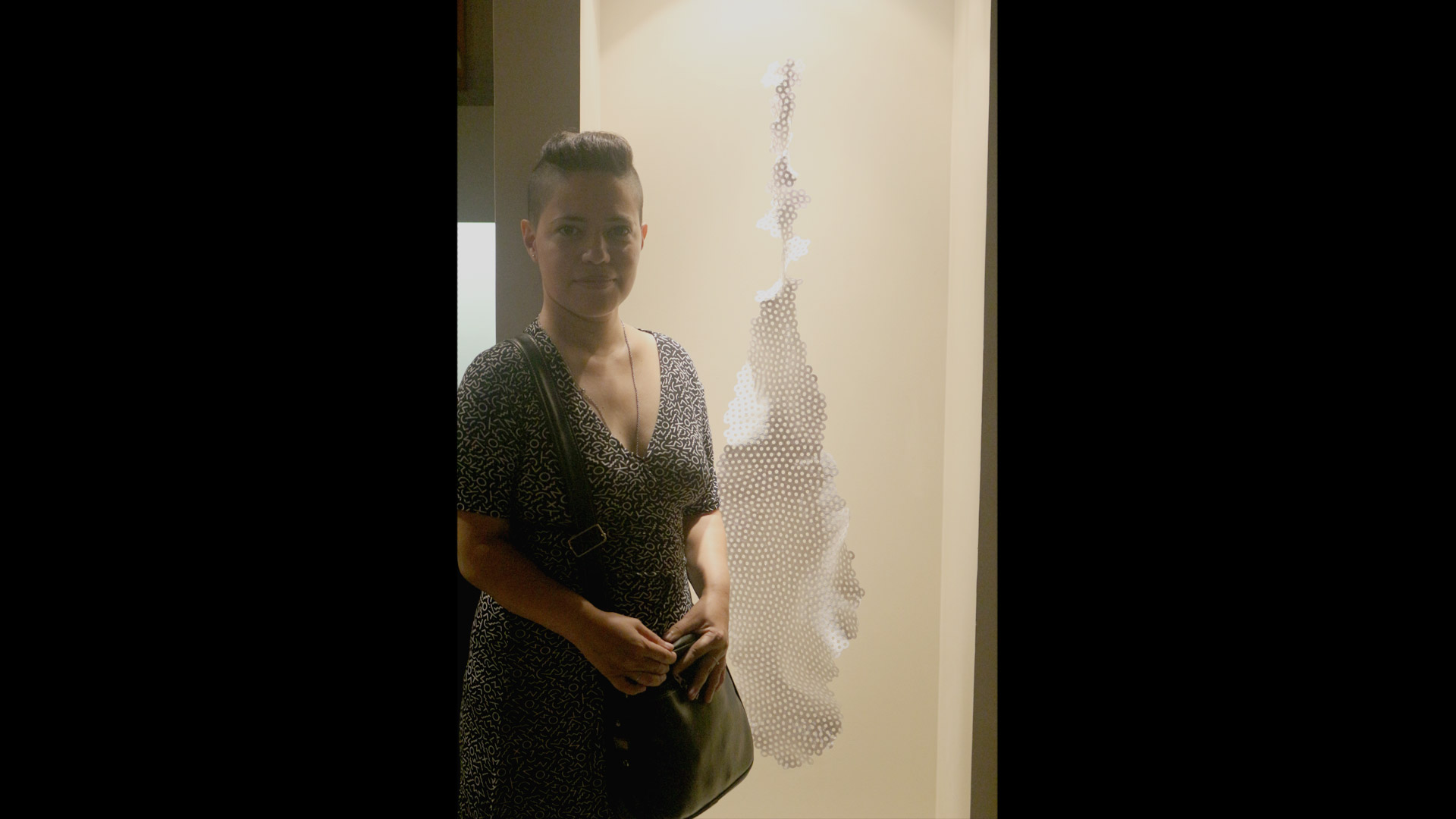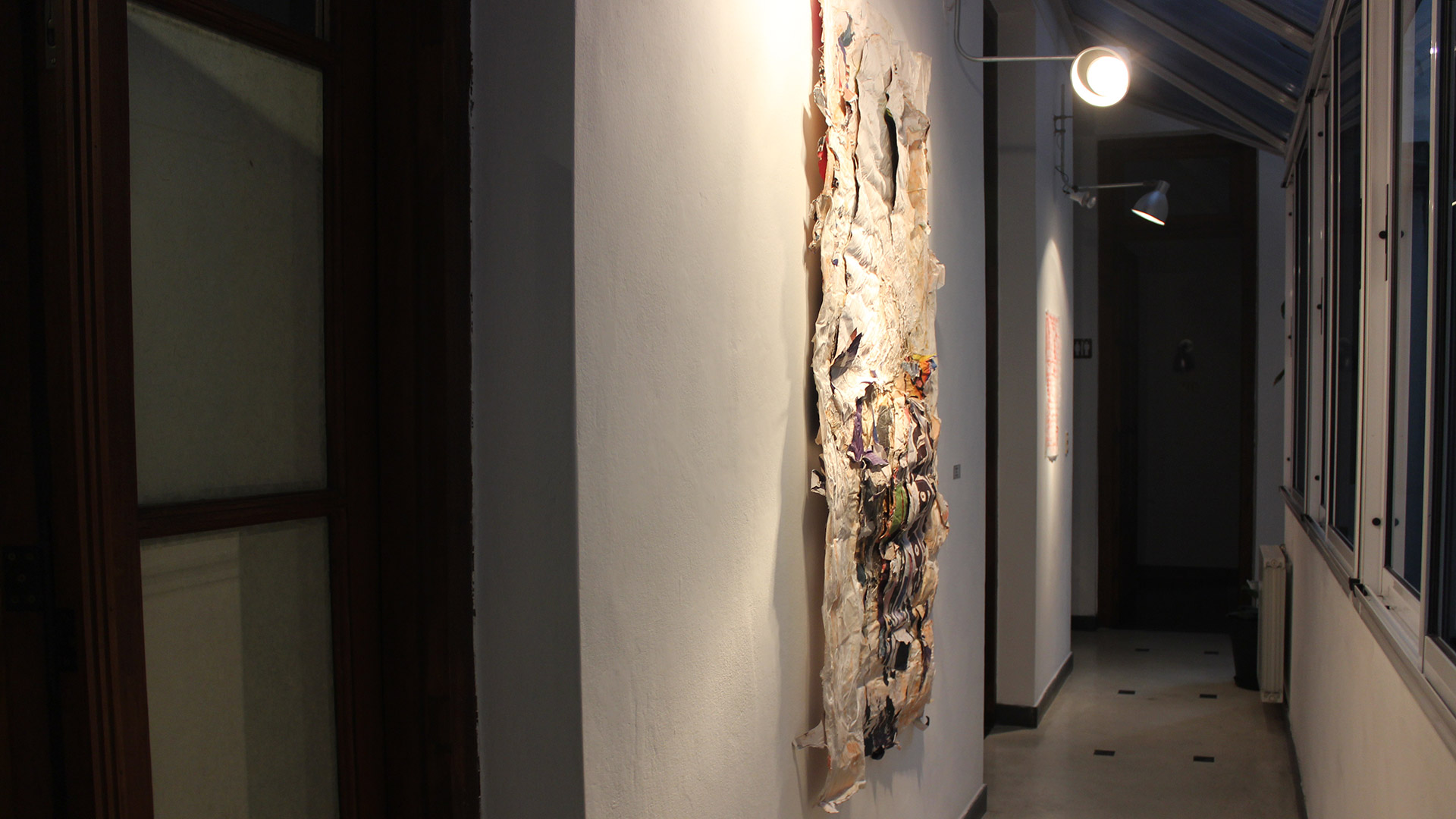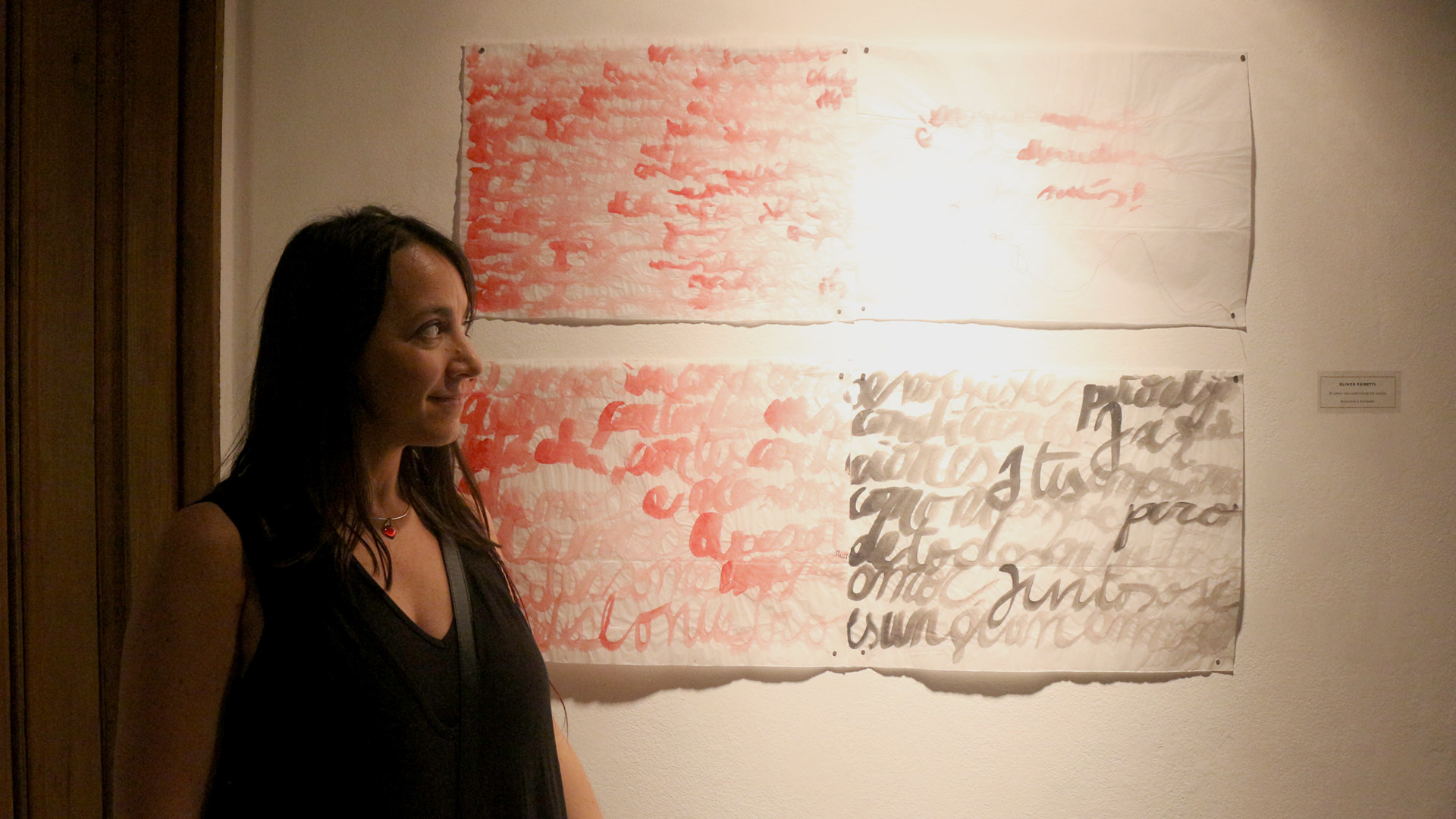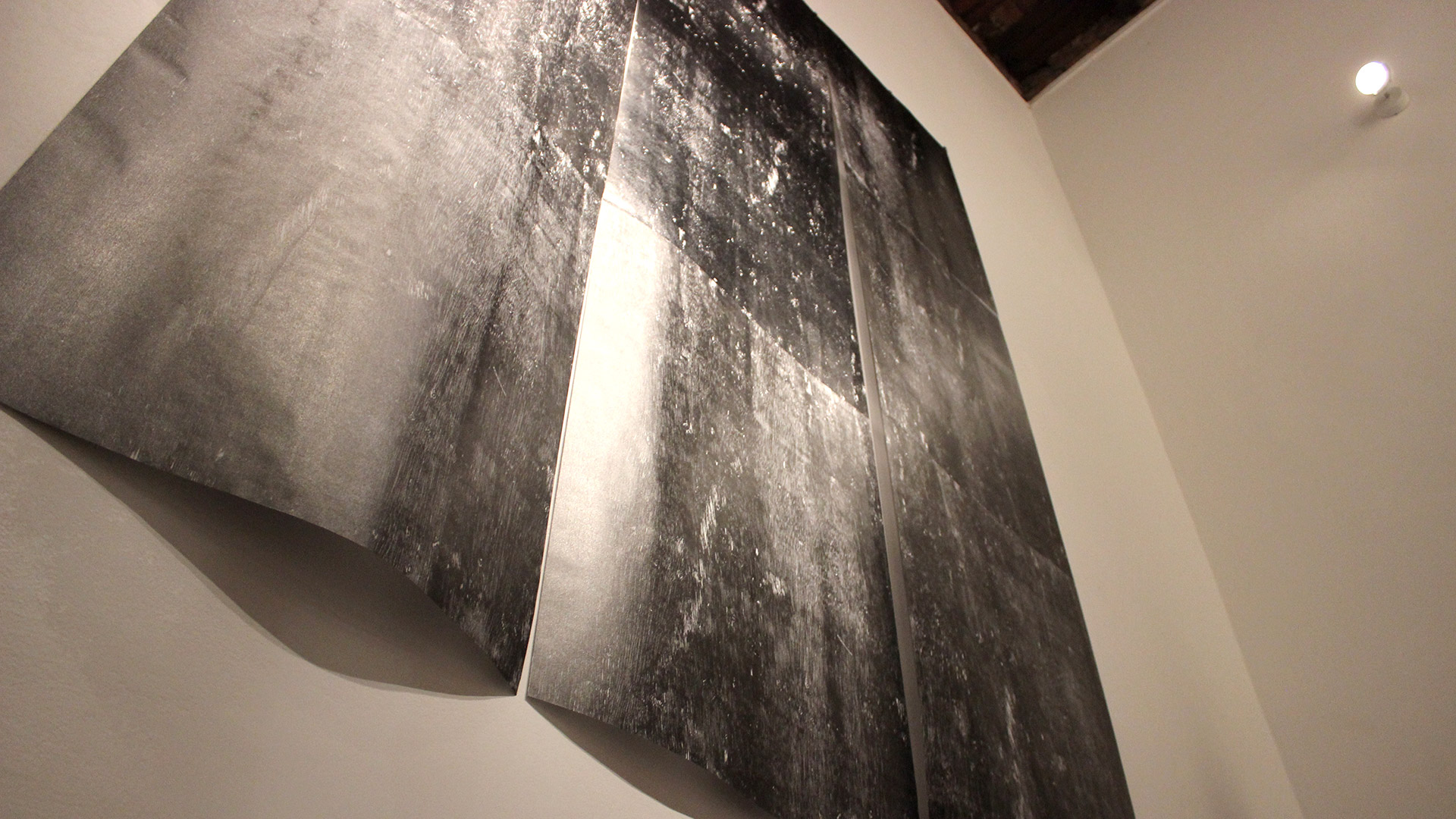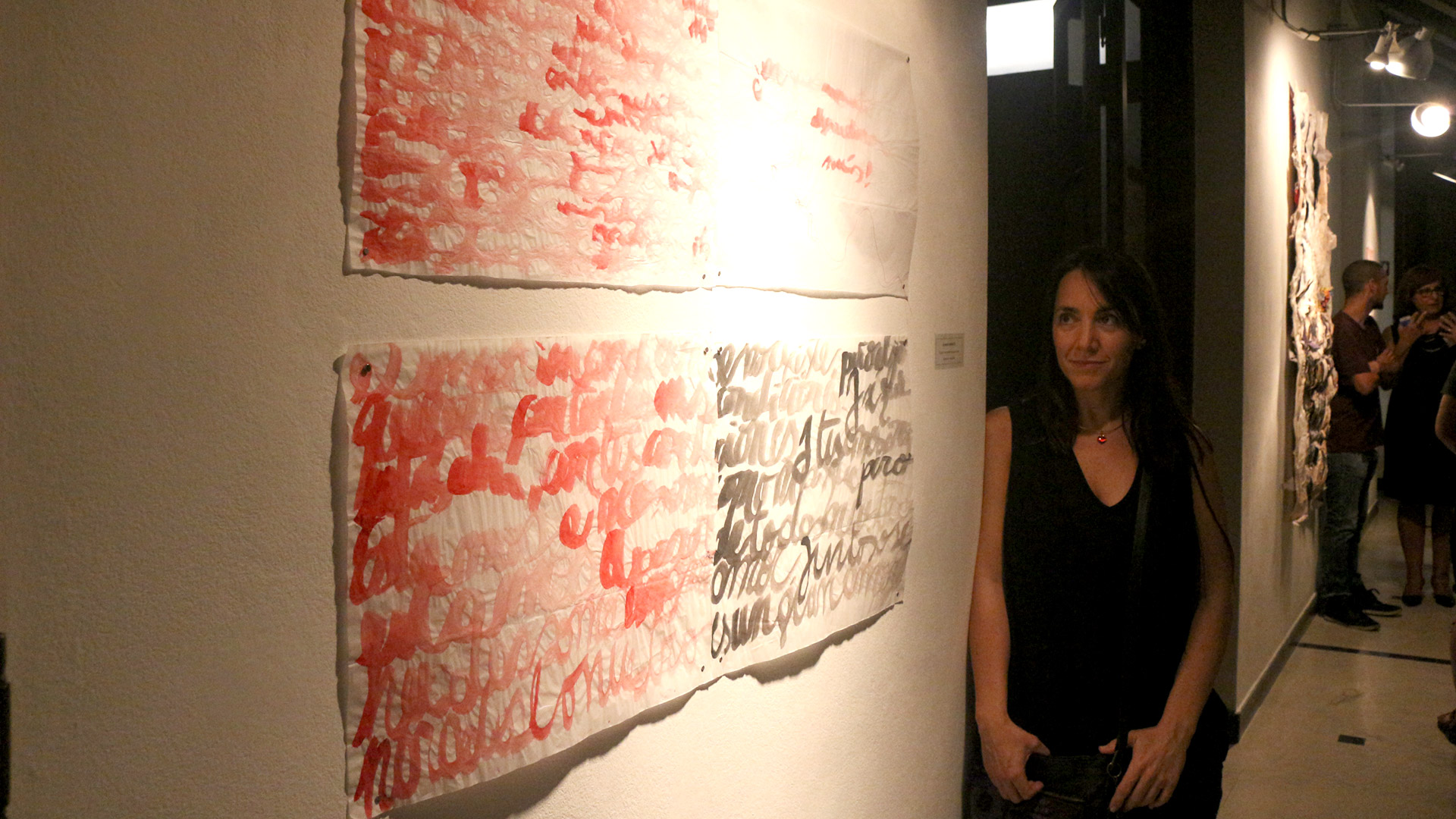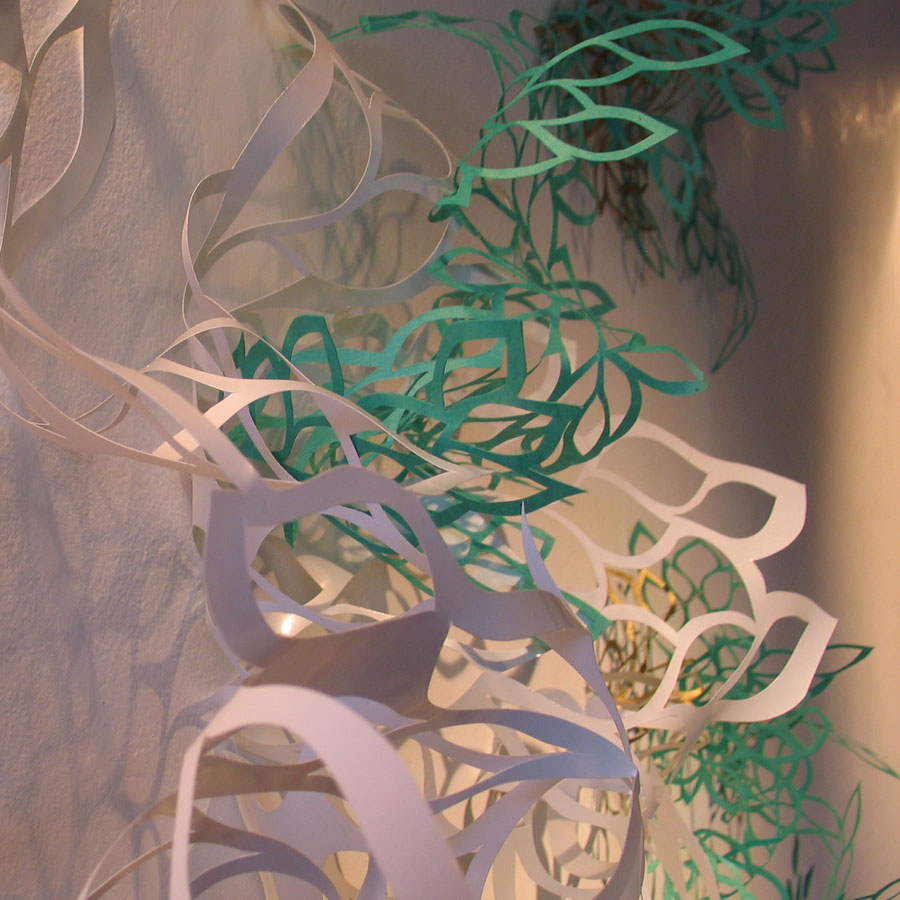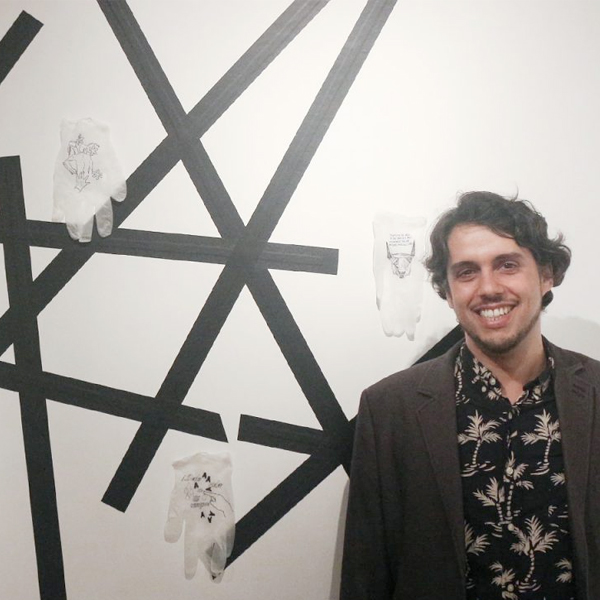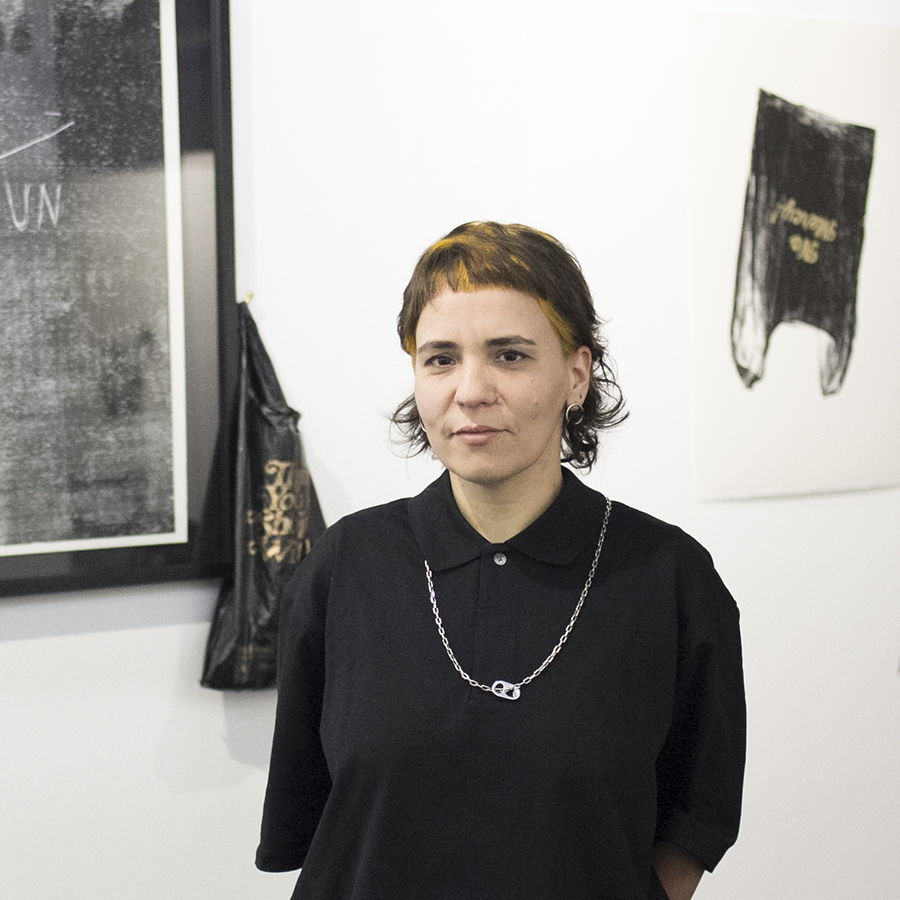Activities
Exhibitions, Semillero (Seedbed)
Sublimation
Artists in Dialogue
22.02.17 24.03.17
On Wednesday, February 22nd 2017, the ´aceNITE titled Unstable was inaugurated, within which the exhibition Sublimation was presented together with the work of the ´acePIRAR artists in residency Helena Kanaan (Brazil) and Dries Ketels (Belgium). This exhibition included the work of four artists from the City of Buenos Aires and La Plata: Agustina Girardi, Lucas Maeder, Elinor Peiretti and Lorena Tiraboschi, all of them selected by Daniela Ruiz Moreno from the Semillero open call held in 2016.
SUBLIMATION | NÒICAMILBUS (by Daniela Ruiz Moreno)
Sublimation, understood as the change of state, is an almost constant search in artistic practice, which at times has become a normative. Since Modernity, the artist has been defined as one who observes nature and submits it to a process of sublimation to get closer to the Idea, Beauty and Good. From our contemporaneity, and from the attempt to move away from Platonic thought, we understand that the artist is the one who selects, points and manipulates—but, fortunately, their sources, starting points and destinations are undefined and diverse.
Following this, Sublimation is an exhibition that brings together four artists from very different codes of representation but common materialities. They make questions about the cyclical and changes of state. Artists who, as architects and actors of inverse sublimations, trap what is imperceptible from the environment, memory and bonds [the gaseous] and bring them to us in a different way.
Reflecting on the idea of movement, cycle and the inherent repetition, Agustina Girardi presents us a woodcut of almost scenographic dimensions and almost flat texture that shows / frames our place of actors-spectators, inviting us to inhabit that non-determination.
With her DNA series, Lorena Tiraboschi transforms simple and weak shapes into helicoids and honeycombs, nucleus and deposits of life, sketching a metaphor about the fragility and balance of the life cycle.
Elinor Peiretti embarks on the inevitable displacement that the experience of heartbreaking brings. She recognizes and transits fragmentation through writing and embroidery, tasks that operate simultaneously in superficial and incisive ways on paper and subjectivity. The act of writing and embroidery become transport, from complete fragmentation to the possibility of re-shaping, re-imaging.
Finally, Lucas Maeder makes use of representations of the advertising system to create a different microcosm, with its own laws; where the organic is presented through the living beings, generated by the same rottenness of the material, and represented as skinned skin.
Agustina Girardi (La Plata)
Lorena Tiraboschi (CABA)
Elinor Peiretti (Córdoba/CABA)
Lucas Maeder (CABA)
